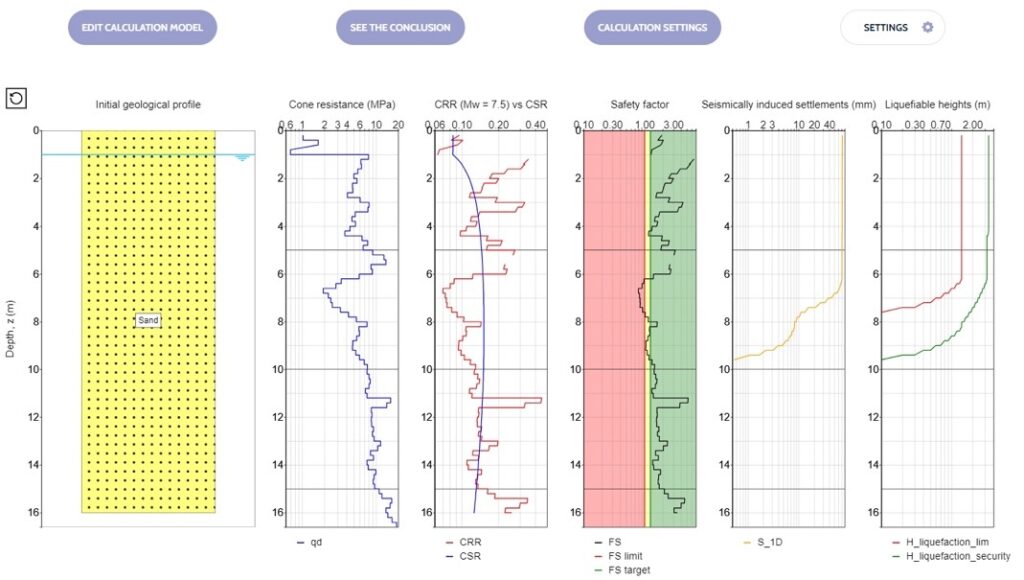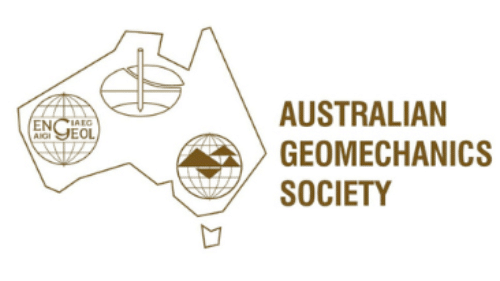How to Double the Lift Thickness (and Halve the Number of Lifts) without Compromising Compaction Quality – An Australian Case Study
It sounds so straight forward ….. halve the number of lifts by doubling the lift thickness.
So why hasn’t it been done more commonly before?
Here is the logic. Lifts are typically 300 mm deep and this was originally (historically) dictated by the capacity of the roller, but has since been maintained in current specifications due to the limitations in the penetration achievable by insitu field test measurements.
However, both roller technology and insitu field test technology have significantly advanced in the past 20 years. Rollers can now compact to significantly greater depths and commercially available insitu test methods should allow verification of the achieved insitu condition to depths in excess of 300 mm (and also with high levels of repeatability and near-instantaneous results).
On this major road construction project, the construction joint venture wanted to implement the use deeper lifts for the placement of general (bulk) fill required for the large earth-fill embankments. They recognised the use of deeper lifts would deliver substantial construction savings, including:
- Direct Costs – reducing the number of lifts would likely reduce the time spent onsite (man hours, plant fuel and equipment costs)
- Construction Phase Time Savings – resulting in shorter construction timeframes and potentially increasing the time between end of fill construction and placement of subgrade
- Environmental Savings – By potentially reducing the overall amount of time plant were required to operate onsite
In order to develop the site-specific and material-specific method based earthworks specifications that validated the use of deeper lift embankment construction, specialist geotechnical consultants were engaged. They designed a series of trial embankments, provided onsite resources to test the fill materials both at compacted surface and depth (insitu for both uncompacted / source and compacted material states), evaluate the results and provide a viable earthworks method-based specification. The resulting specification was required to use test methodology and site-specific relationships that facilitated the evaluation of the insitu condition of the full depth of the placed earthworks lift.
Two types of compaction plant – vibrating rollers (approx 12T) from Caterpillar and Dynapac were selected for use – and three full-scale trial pads were constructed, with portions of each constructed at specified moisture conditions.
Each trial embankment was comprised of a different source material, including:
- Sandstone – Highly Weathered to Slightly Weathered (HW to SW), Low to Medium Strength
- Interbedded Siltstone / Sandstone – Extremely to Slightly Weathered (XW to SW), Low to High Strength
- Basalt – Extremely to Moderately Weathered (XW to MW), Low to Medium Strength
Within each of the trial pads, pressure cell instrumentation was installed to enable the magnitude of the imparted compactive effort to be quantified. During the application of the compactive effort, dynamic monitoring of the relative position of the roller was also undertaken such that the magnitude of surface compaction associated with each pass of the roller could be quantified. Physical survey of the compacted surface was also completed prior to the commencement of compaction and after the completion of the each of the nominated number of roller passes.
Within each trial embankment, earthworks lift thickness that varied from 300 mm to 1000 mm (uncompacted thickness) were experimented with.
Conventional test methods were used to assess the achieved density of the compacted material, including Sand Replacement Tests, Nuclear Density Gauges and the conventional Dynamic Cone Penetrometer (DCP).
As part of the suite of alternative tests measures being considered during these trials, the PANDA Instrumented DCP was also used to assess the achieved compaction (and variation) of the tested materials. The PANDA measured parameter, the tip resistance, qd, was assessed throughout the full depth of the compacted materials, and the PANDA Instrumented DCP was considered to be an effective QA tool due to:
- Full Depth of Assessment – As the PANDA DCP physically penetrated the compacted material and provided a blow-by-blow result, the PANDA DCP was able to prove with confidence whether the material got comparatively weaker with depth (or not).
- Repeatability – The PANDA DCP results had approximately half the variability when compared to side-by-side results of the conventional DCP.
- Speed of Turnaround of Results – The PANDA enabled the immediate visualisation of test results (tip resistance vs depth penetrogram graph) such that onsite verification of whether the insitu condition complied with the project-specific specification requirements.
The Light Weight Deflectometer (LWD) was also used extensively to demonstrated the load / deflection / Young’s modulus of the composite embankment material (in the various insitu condition) to a depth of approximately 450 mm.
The comparison of LWD and PANDA test results with the results of the traditional QA tests completed allowed the specialist geotechnical consultants to create the link between the requirements of a design specification and the insitu condition, and thus resulted in the production of a validated site- and material-specific earthworks specification. This specification was reviewed and approved by all stakeholders – including the applicable road authority, JV partners, contractors, geotechnical consultants and designers. The earthworks specification provided a method specification that allowed a doubling of the earthworks lift thickness – from the conventional 300 mm to 600 mm – and also prescribed a regime of validated insitu field testing (LWD and PANDA) for compliance monitoring.
The investigation revealed that under specific conditions the vibrating rollers could adequately (uniformly) compact materials placed in lifts of up to 800 mm thickness. For conservatism, this was typically reduced to a 600 mm uncompacted lift thickness in the project specific specifications.
Via the incorporation of innovative field instruments for verification (compaction) testing, the enhanced compaction capability of the rollers can be realised onsite. In addition to the advantages mentioned above, the project specific specification yielded by the trial embankments detailed in this example would have resulted in:
- a higher frequency of QA testing (per m2 of prepared area);
- a reduction in turnaround time for the provision of QA test results;
- direct measurement of relevant insitu parameters for design verification (rather than simple density)
- a QA test regime suitable for all soil material types. The resulting earthworks embankment produced by such methods does not compromise on either achieved compaction quality or require the contractor to produce a product of higher standard than current standards.
Essentially, the final specification that arose from the large scale embankment trials incorporated insitu verification testing via Light Weight Deflectometer (LWD) at the surface – i.e. stiffness / modulus – and then PANDA probe testing to prove the full layer depth compaction had been achieved (i.e. to extend the ‘zone of influence’ of the surface based LWD).
This approach, pairing the PANDA probe and the Light Weight Deflectometer, has subsequently been applied on other major infrastructure projects and is potentially a game changer for earthworks construction and compaction assessment in Australia and New Zealand.
We would value your thoughts on the approach described in this case study.
I have known the team at Insitutek for over ten years. Their professionalism, positivity and enthusiasm for their work is outstanding and I am pleased to recommend them.
We are using the PANDITO DCP for Level 1 site supervision, it’s very portable and we find it handy for flying into sites.
We have been very happy with the support from Insitutek. They are knowledgeable and have been super responsive and flexible to our needs.
Insitutek Blogs
We find clients are often looking for ways to improve geotechnical testing outcomes and do it more efficiently at the same time. This drives their buying decision making. Australian Soil and Concrete Testing (ASCT) was a case in point when they were searching for Plate Load Test equipment for their upcoming Collector Wind Farm project. Some of the things that motivated them include: […]
We are excited to introduce the addition of a new Liquefaction Risk Estimation module in WebSprint©. Paired with our cutting-edge products, PANDA® and GRIZZLY®, this module enables you to assess the liquefaction risk of soils exposed to seismic stress. PANDA® Instrumented DCP: This cutting-edge tool provides dynamic penetrometer soundings, delivering precise data crucial for seismic risk evaluations. GRIZZLY® […]
The Australian Geomechanics Society is gearing up for a series of geotechnical events across VIC, WA, NSW, and SA-NT. We are thrilled to inform you that we will be sponsoring and attending these exciting geotechnical events, and we would love for you to join us. It’s a fantastic opportunity to catch up, explore our booth (VIC), and stay informed about […]




